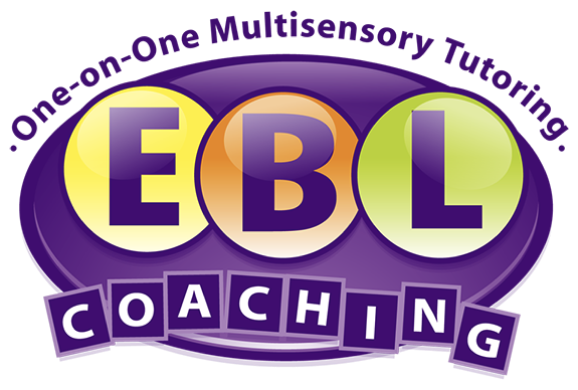
5 Ways You Can Encourage Your Child To Read

A local education expert shares ideas for helping your child embrace the joy of reading
Some children find great pleasure in reading. They love curling up on a couch, losing themselves in the enthralling plot of a novel. Yet for others, reading is a dreaded chore. As students progress through school, however, reading becomes increasingly important and affects nearly all academic areas. Help your child find joy in reading with the ideas detailed below.
Keep Reading Material Everywhere!
At some homes, books are confined to a single bookshelf inside a child’s room. Yet rather than limiting books to one area, integrate reading materials throughout your home. Leave comic books and newspapers out on the table during breakfast, place magazines next to your child on the couch, or leave an iPad loaded with the latest news near your child during snack time. You can even keep books and other reading material in your car or bring them with you when traveling on a bus or subway. The more opportunities you create for reading, the more likely your child will read.
Let Kids Choose their Own Reading Material
Some parents feel they should select “educational” or “learning” books for their child to help stimulate intellectual curiosity. Yet most children prefer reading books on topics they find interesting. Try to identify topics that excite your child–art, bugs, baseball, dinosaurs, or the like–and encourage him to select reading material specific to that topic, to help lure him into reading. The options can include books, comics, magazine articles, newspaper clips, or internet searches–anything that provides opportunities for reading. You can also select one day per week or month to be “library day,” where you arrange a family trip to the library and everyone picks out books they find interesting.
Create a Family Reading Hour
Most kids (and adults) love rituals – songs you sing at bath time, chocolate chip cookies on Sunday nights, or a glass of milk before bed. Make reading a family ritual by setting up a “reading hour” once per week, where everyone in the family, including the adults, reads. The reading material can be a book, magazine, newspaper, comic–essentially any type of reading. Be sure to exclude phones, computers, video games, and all electronics (unless they are specifically used for reading).
Make Reading Active
Before you begin reading with your child, look at the cover of the book and discuss the title and any images. Have your child predict what she thinks the book may be about. If it’s a chapter book, after every 2-3 pages, have her summarize what she (or you) reads, and again at the end of each chapter. Using a pencil, she can draw a box around any new characters and underline any new vocabulary words. For further reinforcement, she can later look up the definition of each word and write the word on the front of a flash card along with the definition and corresponding picture on the back. Throughout the reading, have her make predictions about what may come next in the plot and draw conclusions about why a character may have felt or acted in a certain way. Keeping her engaged in the book with active reading techniques will help her stay focused and find more pleasure in reading.
Record Books– And Make it Fun!
Encourage your child to keep track of the books he reads using a record sheet. He can record the name of the book, the date he finished it, and his overall thoughts. You can even help him come up with a rating system – perhaps 1 to 10 – on how likely he is to recommend the book to a friend, and have him describe why. To involve the family, integrate some creativity with a gumball machine poster. Each family member can be assigned a different colored gumball. Whenever someone finishes a book, she attaches one of her colored gumballs on the poster, with the date and name of the book written on it. Perhaps a prize can be given at the end of the month to the person who reads the most number of books and thus has the most gumballs on the chart.
With games, toys, electronics, and so many other opportunities for pleasure and relaxation, it can be easy to avoid reading. Yet reading offers so many unique benefits, and is a critical skill for nearly all aspects of school and life. Try these ideas at home and help your child embrace the true joy of reading.
